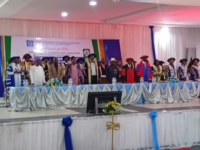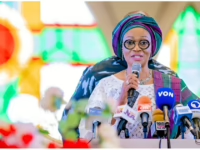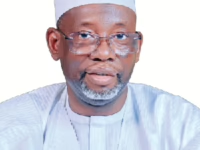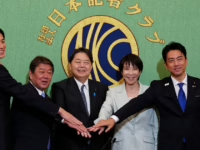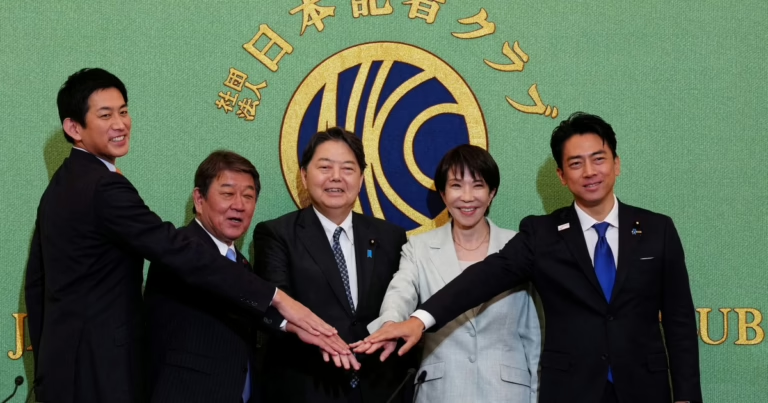On Saturday, Japan’s ruling Liberal Democratic Party (LDP) is set to elect its fifth leader in as many years, following the recent resignation of Prime Minister Shigeru Ishiba.
Having dominated Japanese politics almost uninterrupted since the 1950s, the conservative LDP now finds itself in turmoil after a string of electoral setbacks and political controversies.
In the October elections last year, the LDP and its coalition partner Komeito lost their majority in the lower house, a blow compounded by a significant defeat in the upper house elections this past July.
After nearly a year at the helm of a weakened minority government, Ishiba announced on September 7 that he would resign, paving the way for new leadership.
The incoming party leader will confront a public increasingly discontented with rising living costs, the surge of populist forces like the “Japan First” Sanseito party, and the economic challenges posed by the ongoing trade tensions initiated by US President Donald Trump.
The LDP’s approximately one million members, alongside its lawmakers, will select from five contenders, including the son of a former prime minister and a protégé of the late Shinzo Abe.
According to Jeffrey Hall, a lecturer at Kanda University of International Studies, this leadership decision could either usher in a phase of political steadiness or perpetuate the era of rapid prime ministerial turnover that characterized Japan’s political scene in the late 1990s and early 2000s.
“While frequent leadership changes are not unusual in Japan’s history, the country currently needs consistent political guidance more than ever,” Hall remarked.
Meet the Candidates
Shinjiro Koizumi
At 44, Shinjiro Koizumi, son of former Prime Minister Junichiro Koizumi, is one of the leading contenders. Earlier this year, he gained attention as agriculture minister during a period when rice prices-the staple food of Japan-were surging.
His handling of the so-called “rice crisis” boosted his popularity among the public and within the LDP’s core factions, according to Kazuto Suzuki, a professor at the University of Tokyo’s Graduate School of Public Policy.
“Koizumi enjoys backing from traditional party leaders and the central faction. He maintains a flexible stance, aligning with the party’s established values,” Suzuki explained.
Seen as a moderate, Koizumi has promised to collaborate with opposition parties to overhaul the tax system, reduce public debt, and balance economic growth with fiscal responsibility.
However, his relatively young age and academic background-he studied at Kanto Gakuin University and Columbia University-may be a disadvantage compared to rivals who graduated from more prestigious institutions like the University of Tokyo and Harvard, noted Stephen Nagy, a visiting fellow at the Japan Institute for International Affairs.
Sanae Takaichi
The sole female candidate, 64-year-old Sanae Takaichi, is Koizumi’s main challenger. A former minister of economic security, she represents the LDP’s right-wing faction and is known for her strong conservative credentials as a former protégé of Shinzo Abe.
While all candidates emphasize reviving Japan’s stagnant economy with broadly similar expansionary policies, Takaichi aligns closely with “Abenomics,” the economic strategy combining fiscal stimulus, monetary easing, and structural reforms.
Her conservative positions on social issues such as immigration and same-sex marriage, as well as her cautious approach to China-Japan relations, have garnered support from the party’s traditionalists but alienate more centrist members.
“Some see her as the figure who can reclaim voters from opposition parties like Sanseito, while others worry she might drive moderate voters away,” Nagy observed.
Yoshimasa Hayashi
At 64, Yoshimasa Hayashi is considered the election’s “dark horse.” Currently chief cabinet secretary, he has held prominent roles including defense minister and foreign affairs minister.
Hayashi campaigns on a platform emphasizing fiscal prudence and is regarded as a centrist within the party. His steady demeanor appeals to LDP lawmakers seeking stability amid uncertainty.
“If Hayashi outperforms Koizumi or Takaichi in the initial voting round and advances to the runoff, his prospects could improve,” said Sota Kato, research director at the Tokyo Foundation.
He advocates for strengthening alliances with democratic nations to counterbalance the influence of China, Russia, and North Korea.
Toshimitsu Motegi
Former LDP secretary-general Toshimitsu Motegi, 69, has also served as foreign minister and minister of economy, trade, and industry. His campaign focuses on reducing fuel costs, raising wages for nurses and childcare workers, and promoting investment incentives.
Motegi’s economic approach is positioned between Takaichi’s conservatism and Koizumi’s fiscal caution.
Despite his extensive experience and factional backing, Motegi’s appeal to the broader public remains limited, according to Suzuki.
Takayuki Kobayashi
Takayuki Kobayashi, 50, a former economic security minister and previous LDP leadership contender, emphasizes economic growth and addressing the rising cost of living.
He enjoys support from younger party members but faces challenges due to his relative youth and limited political tenure.
“Kobayashi is intelligent, globally minded, and capable, but he may struggle against veteran politicians in their 80s,” Nagy commented.
Suzuki echoed this sentiment, noting that while Kobayashi is a promising new-generation politician, he has yet to build widespread popularity.
“Although Motegi, Hayashi, and Kobayashi are policy-savvy and articulate, the key factor in this leadership race is who can restore the LDP’s public appeal,” Suzuki added.




